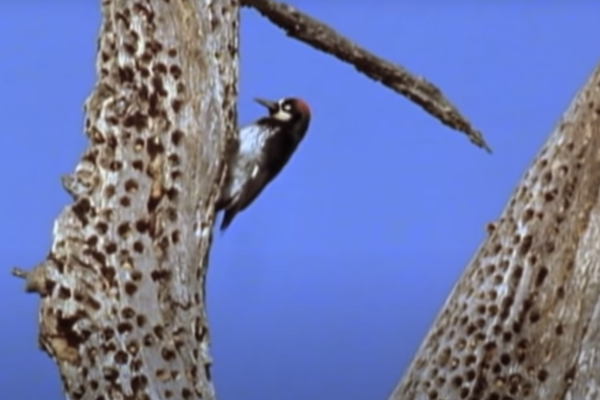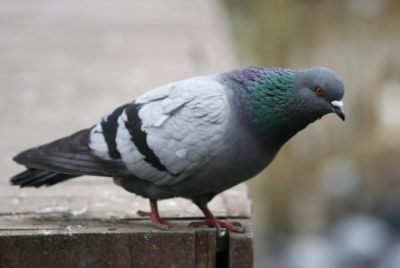Woodpecker Damage (they cause)
Woodpecker damage can quickly become a challenge, as such damage can quickly result into diseases, ultimately killing the tree. People who have trees on their properties understand the important need to stop woodpeckers from causing any such damage. Woodpeckers are birds with the distinct feeding habit of prodding, poking, and jabbing at trees with the purpose of getting at the larvae of insects. The presence of woodpeckers on a tree is often taking as an indication of an ongoing or potential insect problem. They may also be going for the sap of the trees. Some other possible reasons why a woodpecker may be seen pecking on trees is to attract mates, build nests, and to keep food.
What does woodpecker damage look like?

Due to this peculiar feeding habit, the damage to trees is a distinct one. The damage appears as holes in trees and these holes, usually between 2 to 8 inches in diameter, are often close together. The horizontal or vertical pattern of the damage is chiefly due to the specie of the woodpecker.
At first, the pecking of these trees may be unharmful, but the long-term effects can be catastrophic. For instance, when a tree is pecked, it becomes wounded. This wound will then consequently serve as the entry point for other pests, which go on to cause diseases and even death to the trees in some cases. It goes without saying that any tree that is already sick will have its recovery time substantially elongated by woodpecker damage.
By all means, the most effective way to stop woodpecker damage is putting measures into place that will keep the woodpeckers from reaching the trees to begin with. Prevention is always better than cure because sometimes there's no cure. There are several methods to go about such prevention, and of course, these various methods enjoy varying degrees of effectiveness.
To date, netting is the most popular method of keeping woodpeckers from trees. It's very effective as both the tree and the woodpecker are unharmed in the process. Also, the trunk of trees can be smeared with sticky substances, though this method may reduce the aesthetic quality of such trees. These substances can be homemade or obtained from retail stores. The use of scarecrows and mirrors are also effective means of preventing woodpecker damage, as they help frighten the bird. Woodpeckers are notoriously searching for insects’ larvae underneath tree bark, and so, dead parts of the tree that can harbour insects should be removed as soon as possible. Simply put, no insects mean no woodpeckers. Prevention measures should be intensified in the months of April, May, September and October, because these are the times when woodpeckers are most active.
However, care should be taken in dealing with woodpeckers because they are protected by U.S. federal laws. So killing or harming them is illegal and out of the question.
In the event where woodpeckers have already had a go at your tree, very little (but something) can be done. Once you've detected and confirmed the damage on your tree to be due to woodpeckers, you can lay out plans to repair and reclaim it. If the damage is insignificant, it's better to leave it to heal itself. With proper care and time, the tree will be provided with all its essential needs and will recover in no time. But in cases where the damage is substantial, a fungicide should be applied to the holes to help prevent diseases and aid the tree in its natural healing.
At all times, keep your eye out for your tree and continue the preventive measures highlighted herein.

